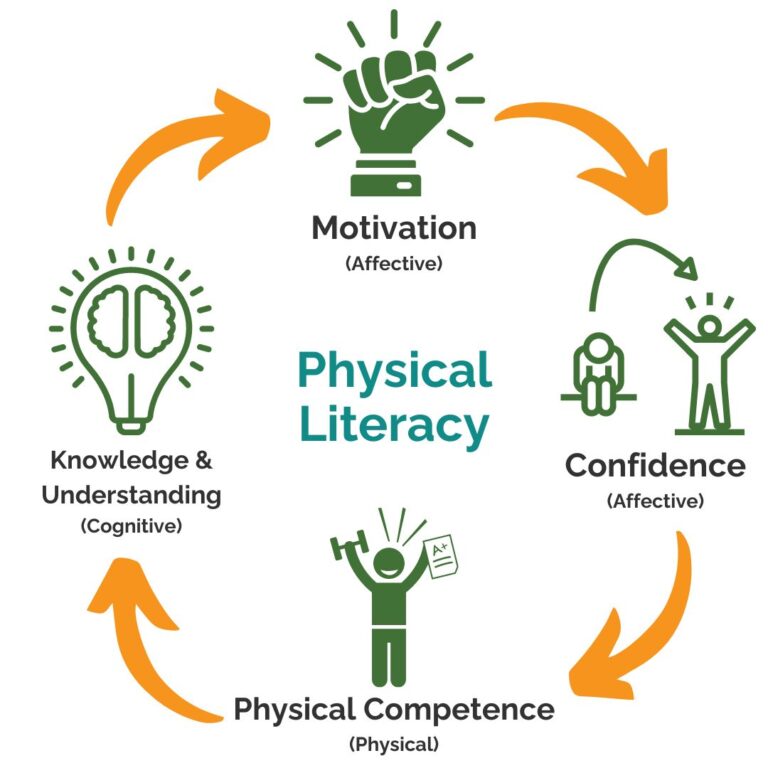"Physical literacy is the motivation, confidence, physical competence, knowledge and understanding to value and take responsibility for engagement in physical activities"
(White, 2016)

Physically literate individuals are constantly developing the motivation and ability to comprehend, communicate, apply, and analyze various types of movement. In a variety of physical activities, these individuals can complete these movements with confidence and competence. Individuals who possess these skills are more likely to make healthy, active choices that benefit themselves, others, and the built environment. You or others in your child's life must devote some time to building physical literacy.


Capabilities such as catching, throwing, jumping, running, and swimming are just a few examples of physical literacy in action. Children must learn and practice these skills and abilities because they form part of the solid foundation required to participate in a variety of activities with confidence as they grow.
You might be asking why it is so important to start focusing on physical literacy while your child is still young. During your child's early years, their brain and nervous system develop rapidly. It is the responsibility of parents, teachers, coaches, and others involved in your child's life to teach your child the fundamental movement skills that the child requires to feel confident and motivated. Unfortunately, without a proper foundation in physical literacy, children are at higher risk of leaving sport and recreation between the ages of 10 and 12; it's notably higher for girls. In addition, a lack of physical literacy during childhood puts an individual at a higher risk of health-related problems into adulthood.

